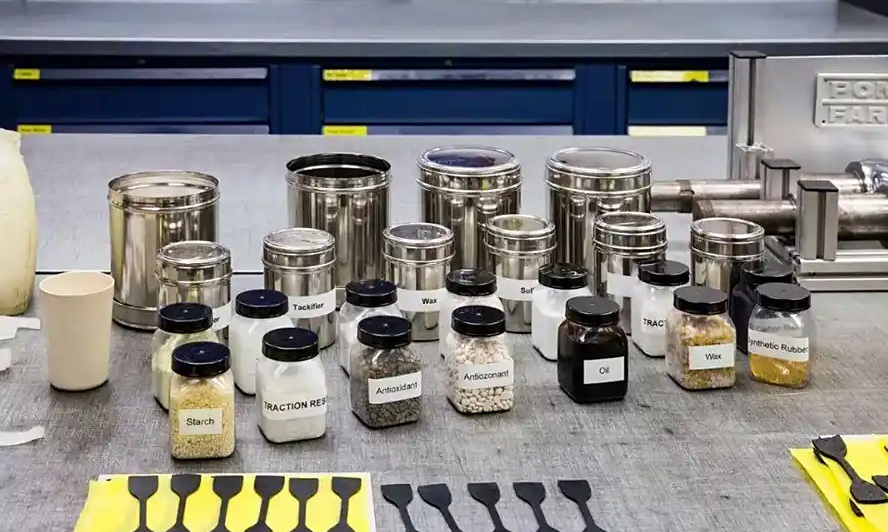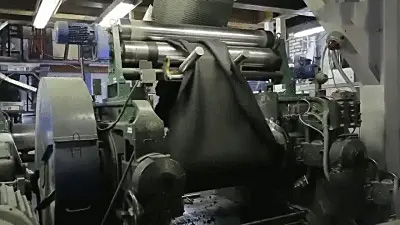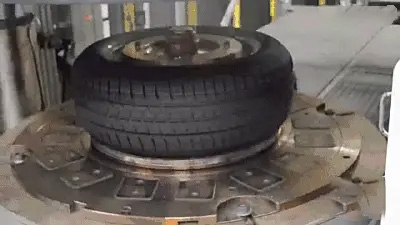Tires have been a hot topic for car owners since the invention of the first pneumatic tire in 1888. For over 120 years, tires have been accompanying drivers on their journeys. But have you ever wondered how a tire is made? Despite being manufactured for 140 years, the basic process of tire production remains largely unchanged. So, what kind of technological advancements are hidden within this “little black ring” that carries us forward every day? Let’s dive into how tires are made.
1. Making Tires Is Like Making Dumplings
You might find it hard to believe, but making tires is somewhat like making dumplings. How is a rubber product similar to a food item? Let’s explore how this “black dumpling” comes to life.
1.1 Tire Characteristics: Defined by the Formula
Just as dumplings are made from ingredients like water, flour, and eggs, a tire's properties also depend on its formula. However, the tire formula is much more complex, involving as many as 23 common materials.

The fundamental rubber materials in a tire have distinct roles:
1.2 Raw Rubber: Mixing, Kneading, and Calendering
Once the materials are proportioned, the next step is to mix them. Natural rubber, synthetic rubber, and additives are combined into a black “dough,” with a surface temperature reaching 126°C. This dough is then passed through a mixing roller to create a large rubber sheet, which is layered with fabric cords.

1.3 Tire Building: Layering and Shaping
In a tire-building machine, various layers of materials are stacked systematically:
A gas-impermeable layer and fabric layer are laid on a drum.
Bead wires are embedded and wrapped with rubber layers.
Pre-assembled belt layers and nylon cap plies are then added, creating a complete assembly.
1.4 Finished Tires: Pressurization and Vulcanization
The final step is vulcanization—essentially "baking the tire in an oven." Before this, the assembled tire lacks tread patterns, sidewall textures, and adequate strength.
Vulcanization shapes the tire’s tread patterns and reinforces its structure:
Passenger car tires typically take around 45 minutes to vulcanize.
Truck tires require over an hour.
Giant off-road tires may take up to 24 hours, depending on their size.

2. Is Making Tires Really That Simple?
After understanding the process, you might think that tire production is as simple as running materials through a modern assembly line. Could you set up a small workshop and start producing tires yourself?
Not quite. While the principles of tire manufacturing may seem straightforward, the cost, complexity, and technological expertise behind the production process are far more demanding than they appear. It’s not just about the machines; it’s about the know-how and experience embedded in every stage of production.